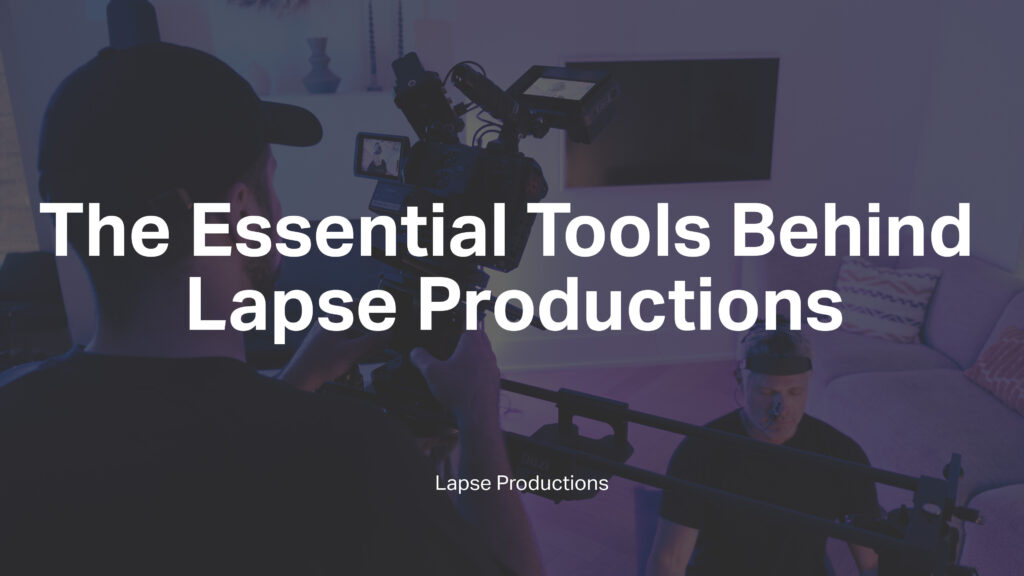What is Web3? | Crypto 101
By now you’ve probably heard the term Web3 being mentioned alongside Bitcoin, Cryptocurrency, NFT’s, Blockchain, and some other mumbo jumbo like to the moon and gamestop. It doesn’t make sense to you right now but by the end of this article you’ll have a good understanding of what Web3 is, what the benefits are, its constraints, practicality, and future use cases.
Key Takeaways:
- Web1 was read-only, Web2 is read/write, and Web3 will be read/write/own.
- Web2 has issues with centralization, data breaches, lack of privacy, censorship, ownership, and non-native payments
- Web3 uses blockchains, cryptocurrencies, and NFTs to give power back to the users in the form of ownership.
- Web3 is decentralized, permissionless, trustless, and has native payment tokens
- Web3 gives its users ownership, is censorship resistant, gives its users an identity, and has native payment tokens
- Web3 currently suffers from accessibility issues, user experience, user education, and a centralized infrastructure
- To prepare for Web3 you should educate yourself and purchase NFT domains
What is Web 1.0?
Web 1.0 was the first manifestation of the World Wide Web, from 1991 to 2004. At this point, nearly all users were only consumers of content because almost every single webpage was a static webpage. Its often referred to as the “Read-Only Web” since there was no interactivity with webpages and information on them was served mainly in text or image format.
Web 1.0 is Read-Only
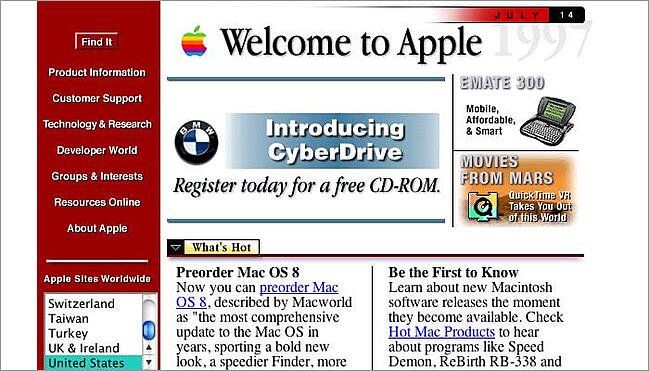
What is Web 2.0?
Web 2.0 is the development of the internet as a platform from consumers to both consumers and producers, where user generated content is uploaded to places like forums, blogs, wikis, social media, networking services, etc. This transformation began in 2004 and continues to this day.
Web 2.0 is Read/Write
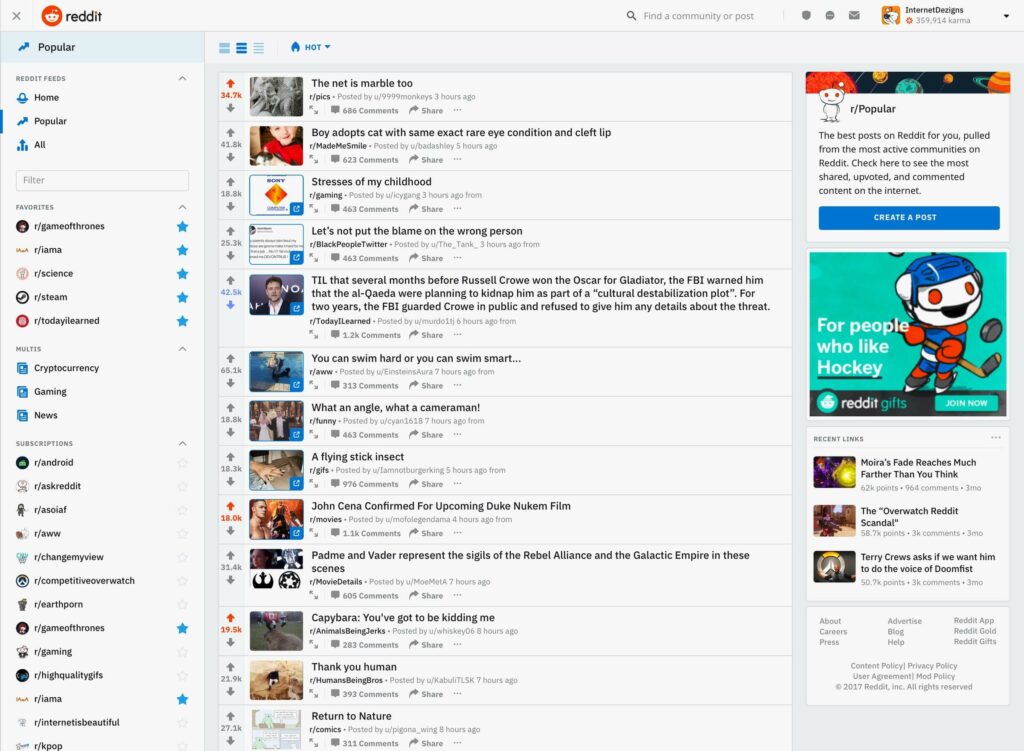
The Problems with Web 2.0
- Centralization: The internet is centralized so if amazon has a server outage then a good chunk of the internet goes offline; If Google decides to ban your website then you’ll disappear from the internet. Or if an authoritarian government decides to shut down the internet in its borders, then web pages that are hosted in that country will disappear.
- Data Breaches: Everyday you hear about how a company has suffered a data leak and so its user data is now in the hands of nefarious entities/individuals.
- Lack of Privacy: Ever talk about getting a vacuum and suddenly you start to get ads for it? Yeah, that’s called lack of privacy. If you are using a service for free then you are the product, and our main selling point for companies offering us free services are details about ourselves, which they then sell to advertisers.
- Censorship: Freedom of speech can easily be turned into a perk instead of a human right.
- You don’t own it: Creators in Web 2.0 have to trust platforms to not change the rules and remove their content.
- No native payments: Sure we can pay using our visa or debit card, but that’s not really useful for things outside of your country, especially when you have to factor in exchange rates along with the tax that those payment processors charge.
This is where Web3 comes in.
What is Web3?
Web3 (or Web 3.0) was coined by Polkadot founder and Ethereum co-founder Gavin Wood in 2014. He refers to Web3 as a decentralized online ecosystem based on blockchain.
What does that mean?
Web3 uses blockchains, cryptocurrencies, and NFTs to give power back to the users in the form of ownership.
To make it easy: Web1 was read-only, Web2 is read/write, and Web3 will be read/write/own.
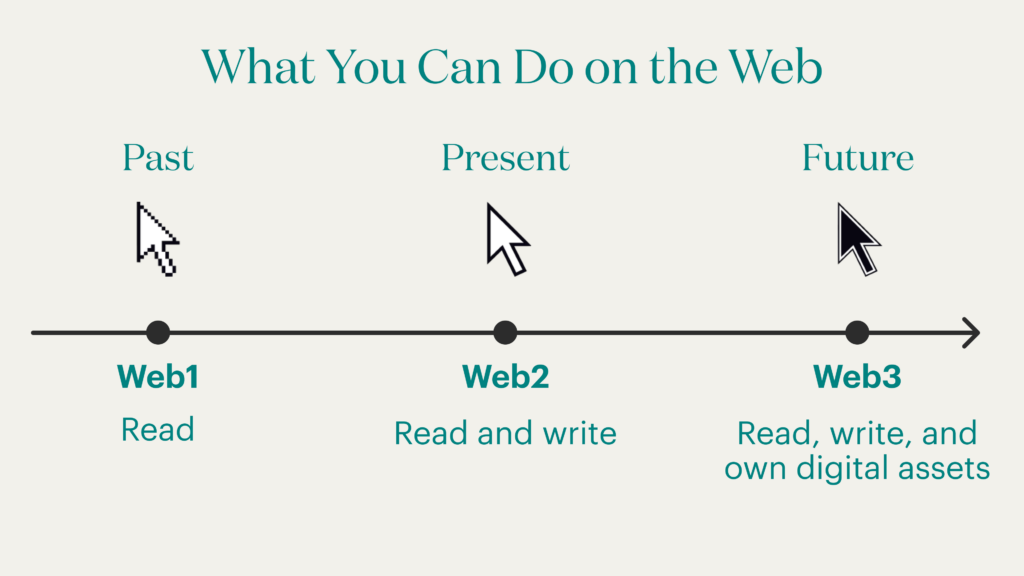
Core Ideas of Web3
There are several core ideas of what Web3 is:
- Web3 is decentralized: Ownership of the internet gets distributed amongst its builders and users instead of it being controlled and owned by centralized entities.
- Web3 is permissionless: Everyone gets equal access to view and participate. No exclusions are possible.
- Web3 has native payments: Cryptocurrencies (like ETH) are used to spend and send money instead of having to rely on the outdated infrastructure of banks and payment processors.
- Web3 is trustless: Web3 doesn’t rely on trusted third-parties, it operates using incentives and economic mechanisms.
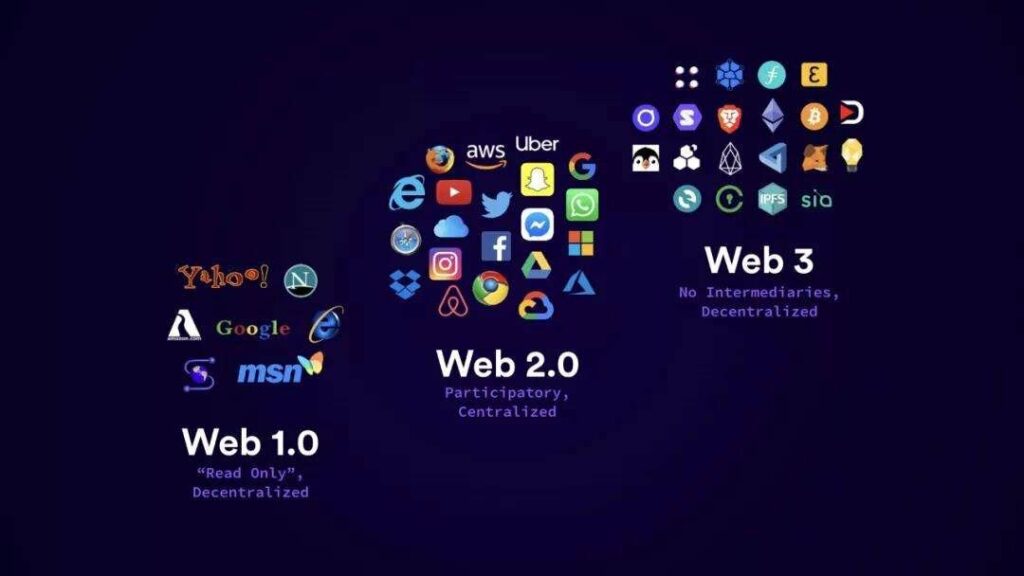
Benefits of Web3
- Ownership: Web3 gives its users the power to own digital assets via non-fungible tokens (NFTs).
- Censorship Resistant: In Web3 your online content lives on the blockchain, meaning that it cannot be removed by someone else. Think about how useful this could be in places where the government tries to shut down dissenting opinions (ex. A journalist publishing content about government corruption won’t have to worry about the government forcing their organization to remove said article).
- Identity: Web3 allows you to have one identity throughout every single platform. So instead of having to create a new account for every site or service, you can use just one.
- Native Payments: Web3 uses cryptocurrencies like Bitcoin and Ethereum to send money directly in the browser, bypassing a trusted third party. Web2 uses banks and payment processors, which add their own fees to the transactions.
How far away is Web3?
Despite all the recent hype and jibber jabber that’s being pushed by the crypto wave, Web3 is still not mainstream ready. There are several limitations that need to be addressed so that mass adoption happens.
- Accessibility: The main roadblock here is transaction fees. On main blockchains like Ethereum, transaction fees are too high to make it worth it to use regularly. There are upgrades (like layer 2 scaling solutions) that are solving these issues but it’s not quite there yet.
- User Experience: The crypto space isn’t exactly the most user friendly. Its scary doing transactions on a lot of the platforms since transactions are permanent and you are responsible for yourself.
- Education: More people need to learn what Web3 is along with other terminology from the Crypto space like blockchains, decentralization, etc. With all the attention that crypto is getting lately, along with some countries dropping their awful currencies to adopt cryptocurrencies like Bitcoin, this process will be accelerated.
- Centralized Infrastructure: The Web3 ecosystem is young and quickly evolving so it is currently using mainly centralized infrastructure. Building reliable decentralized infrastructure is going to take time to develop.
What can you do to prepare for Web3?
Web3 is still in its infancy, but that doesn’t mean its not coming. For the time being the best thing that you can do is:
- Educate yourself: Keep yourself informed on what is going on in this space. Learn about the importance of this step of Internet evolution. The more people do this the faster this change will arrive.
- Invest in an NFT domain: NFT domains are the nft version of regular domains. Since this space is still fresh then it is advisable to purchase your nft domain before it becomes unavailable. So grab your personal name handles, your business handles, and anything else that you would like to get. For example, we purchased lapseproductions.eth, lapseproductions.crypto, lapseproductions.nft, from Unstoppable Domains and ens.domains.
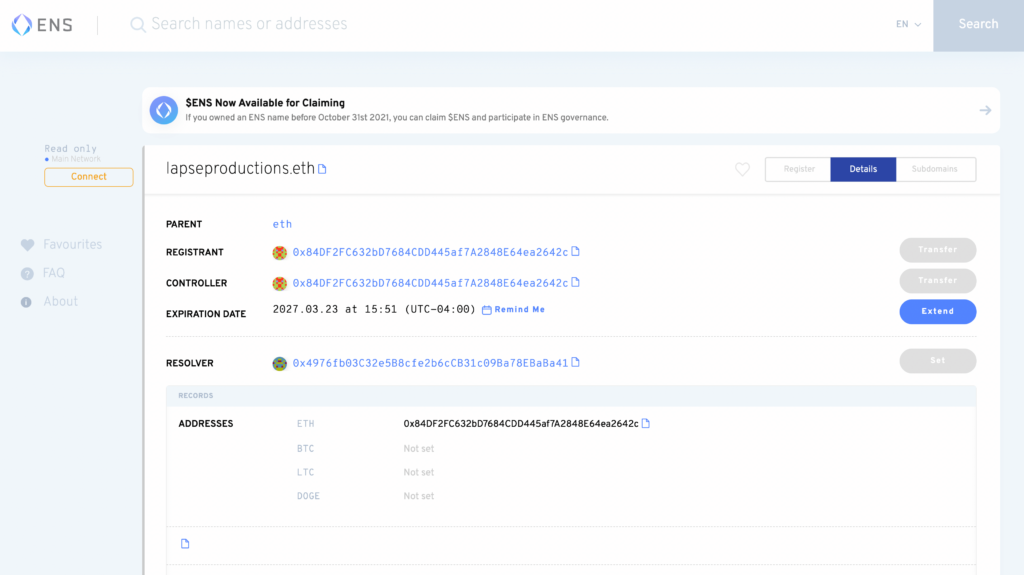
Prepare yourself for Web3 with LAPSE
Thanks for taking the time to read through our blog on What is Web3! We hope this has given you a thorough understanding of what it is, its importance, and what you can do to prepare for this. If you are interested in creating video content that will live in the blockchain as an NFT then reach out to us in the contact form below!
Let’s Create Your Video Today
If you’re looking for top-notch quality, industry expertise, dependability, and competitive pricing, don’t wait any longer. Contact us now for a quote and let’s get started on your project.

